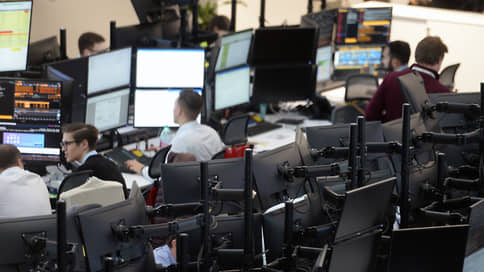Almost all retail mutual funds ended July with a profit
[ad_1]

July was successful for the majority of retail mutual funds (UIFs). The most profitable were mutual funds focused on Russian stocks, the value of shares of which increased by 5-21%. Funds of foreign exchange assets also provided a high income, including due to the weakening of the ruble. Bond funds also provided a small income, and against the backdrop of a further rise in the key rate, it will be more difficult for them to show a positive result.
Profit risk
Last month, portfolio managers worked with a profit on almost all retail funds. According to Investfunds, last month, out of 142 large retail funds (BPIFs and OPIFs with assets exceeding 500 million rubles), only seven experienced a symbolic decrease in the value of the share. According to the results of July, the value of a unit increased by more than 5% in 82 funds, and the number of funds with an income of over 10% increased to 41 mutual funds.
The growth leaders were mutual funds focused on Russian stocks, the value of shares of which increased by 5–21%.
At the end of July, the Moscow Exchange index for the first time since February 2022 rose above the level of 3,000 points, ending the month at around 3,073 points. Over the month, the growth was almost 10%. There has not been such a strong growth in the market since October last year, when the index rose by 10.7%, but this rise was preceded by a drop of almost 20% amid the announcement of partial mobilization.
The current growth has been almost continuous since the beginning of the year, and during this time the ruble index has added over 40%. Several factors contributed to this steady rise. Andrey Rusetsky, investment director at Pervaya Management Company, refers to them the publication of company reports after a significant break, the reinvestment of recently paid dividends for the past year, the weakness of the ruble and the inertia of thinking of individuals. In July, the rise in the cost of Urals oil was added to these factors. According to the Ministry of Finance, the average price of Russian oil in July was $64.4 per barrel, which is 16% higher than in June and 7% higher than the price ceiling set by the EU, G7 and Australia for Russian oil.
Leading rate
The leaders of the previous months also brought high profits to shareholders – funds focused on investing in shares of foreign companies. According to Investfunds, the value of their shares increased by 5-16%, which was facilitated not only by the increase in world stock indices, but also by the growth of the dollar in Russia. According to the results of July, the US currency exchange rate increased by 2.2% to 91.6 rubles/$.
The weakening of the ruble had a positive impact on investments in Eurobond funds, replacement and yuan bonds. Over the month, they added 1.4-4% in price, while the best dynamics among them was shown by yuan bond funds.
The performance of yuan bond funds was higher than that of dollar bond funds “due to the strengthening of the yuan against the US currency and the presence of an “overhang” of sales in replacement bonds,” said Yury Grosman, portfolio manager at Trinfico Management Company. In Russia, the yuan rose by 3.8% to 12.8 rubles/CNY.
Debt under pressure
Last month’s outsiders were the most conservative group of funds — ruble bonds. According to InvestFunds, for the most part, such mutual funds showed an increase in the value of a share of up to 1%. The best dynamics among conservative funds was shown by mutual funds with a high proportion of corporate bonds, as well as inflation bonds. At the end of the month, the RUCBTRNS corporate bond index of the Moscow Exchange rose by only 0.1%, but over the same period, the RGBITR government bond index fell by 0.5%. It was only through active management of the funds that the managers were able to outperform the indices.
In general, the ruble bond market was under pressure from expectations of a key rate hike by the Bank of Russia. At the same time, the regulator raised the rate immediately by 100 bp. p., up to 8.5%.
After such a decision, as Yury Grossman notes, government bonds expectedly lost in price. “Corporate bonds usually react to market changes lagging behind OFZs, including due to limited liquidity, respectively, their quotes have not yet had time to sink so much,” the expert notes.
With an eye on the bet
In the coming months, according to portfolio managers, the situation on the stock market will continue to be positive. “The stock market is still undervalued by multiples. In addition, a number of local growth catalysts remain: a weak ruble favorable for shares, the redomiciliation of companies from unfriendly jurisdictions, the disclosure of financial statements of a larger number of issuers and the payment of dividends,” Andrey Rusetsky notes. According to Nikolai Ryaskov, adviser to the general director of UK PSB, the largest growth in quotations can be shown by shares of companies in the oil and gas segment, ferrous metallurgy and other beneficiaries of the weakening ruble.
At the same time, bond funds will remain under pressure from the Central Bank’s tight monetary policy. Managers do not rule out that the cycle of tightening monetary policy will continue, and by the end of the year the key rate may rise to 9-9.5%. “If macro indicators that affect inflation worsen, the regulator will be forced to raise the rate in order to return inflation to the target value of 4%,” notes Mr. Rusetsky. In this regard, money market funds, the results of which are weakly dependent on market conditions, may become more interesting.
[ad_2]
Source link





